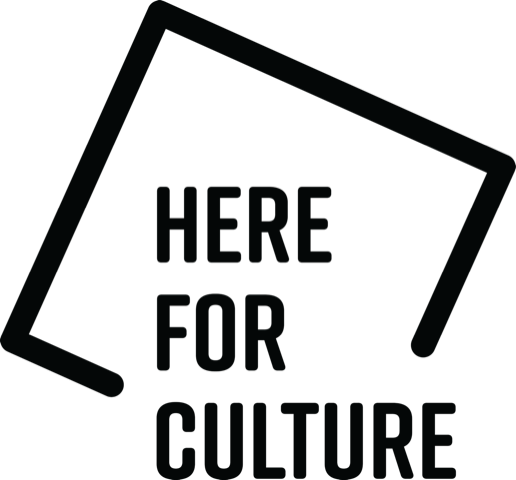What Photography & Incarceration have in Common with an Empty Vase opening at the Herbert Art Gallery & Museum
3 December 2020We are delighted to share with you that the first comprehensive UK exhibition of Edgar Martins’ What Photography & Incarceration have in Common with an Empty Vase, will be presented at the Herbert Art Gallery & Museum from 15 Jan – 18 Apr 2021, followed by the Geneva Photography Centre (Fall 2021) and the Museum of Contemporary Art, London (2022).
What Photography & Incarceration have in Common with an Empty Vase results from a collaboration with inmates, incarcerated in the West Midlands, their families and a myriad of other individuals and community groups in the region.
It is a multifaceted body of work, developed from a commission with GRAIN Projects, where the artist uses the social context of incarceration as a starting point. Martins explores the philosophical concept of absence, and addresses a broader consideration of the status of the photograph when questions of visibility, ethics, aesthetics and documentation intersect.
By using image and text, new and historical photography, evidence and fiction, Martins’ work proposes to scrutinise how one deals with the absence of a loved one, brought on by enforced separation through incarceration and lockdown. The project seeks to answer; How does one represent a subject that eludes visualization, that is absent or hidden from view? How can documentary photography, in an era of fake news, best acknowledge the imaginative and fictional dimension of our relation to photographs?
By giving a voice to inmates and their families and addressing prison as a set of social relations rather than a physical space, Martins’ work proposes to rethink and counter the sort of imagery normally associated with incarceration and confinement. The project thus wilfully circumvents images whose sole purpose, Martins argues, is to confirm the already held opinions within dominant ideology about crime & punishment: violence, drugs, criminality, race.
“‘We need to rethink the set of practices, relationships and structures with which we look and relate to photographs’ according to Martins and for this rethinking he skews photography away from a preoccupation with the referent. The work still comes from experience and engagement with inmates, incarcerated in the West Midlands, and their families, and is not detached from the real. However, Martins does not hold faith in the power of the photograph as document and instead uses the literal figuratively and moves with freedom and a lack of restraint through the abundance of images and image types he deploys.
Our relation to photography has been very much determined by its content: a concern with what is in the picture and how what is in the picture has been represented. In many respects Martins frees us from this responsibility: his use of all kinds of photography liberates us from the usual strictures with which we tend to approach the photograph— documentary especially can be a very sober form— and in doing so extends the differing potentialities and possibilities that photographs (still) have to engage and move us.”
(Mark Durden, ‘Against Documentary’in What Photography & Incarceration have in Common with an Empty Vase, The Moth House, 2019)
The book of this work, by the same title, was recently shortlisted for the Paris Photo & Aperture Foundation Photobook Awards as well the PhotoEspaña Book Award in the best photobook of the year category.




